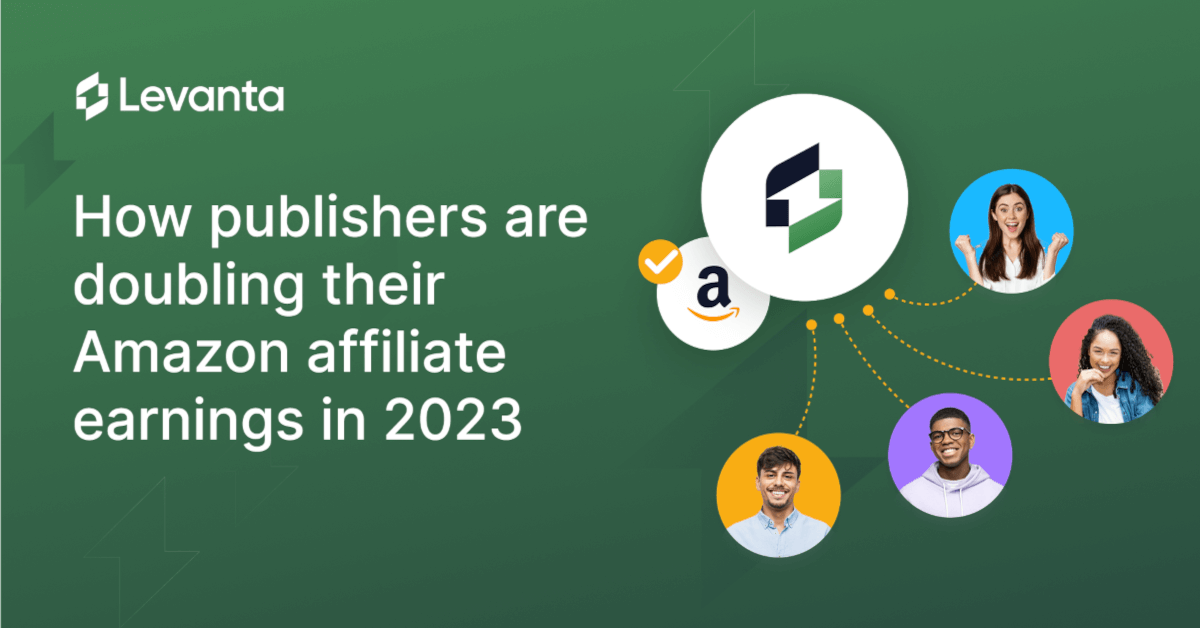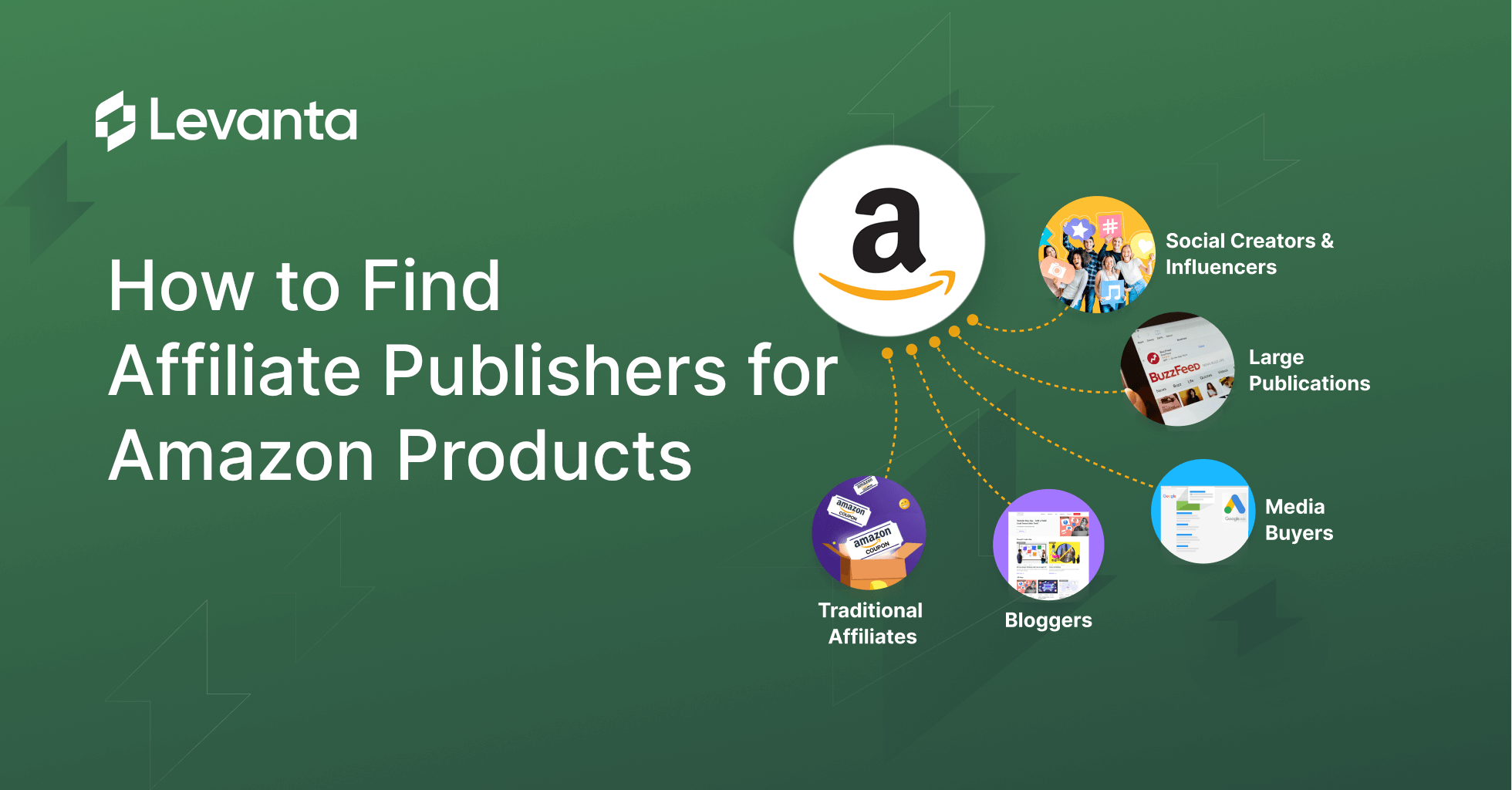
Affiliate Marketing on Amazon
Amazon has always recognised the value of working with others to get traffic to its platform. The Amazon Associates program was one of the first affiliate marketing initiatives in the world when it began in 1996. It was instrumental in Amazon’s early growth and has gone through a number of changes since those days.
Affiliate marketers have often debated whether promoting products via Amazon is better than promoting brands directly. This stems from the lower commission rates offered on Amazon’s affiliate program compared to industry standards. However, the vast array of products available on Amazon and the platform’s consistently high conversion rates have continued to attract affiliate marketers.
Let’s have a look at some of the pros and cons of affiliate marketing on Amazon.
|
Pros |
Cons |
| High Conversion Rates Product Diversity Well Trusted Platform Huge Customer Base |
Lower commission rates Short cookie duration Dependency on Amazon’s policies Difficult to build relationships with brands directly |
These days, Amazon has three variations of affiliate marketing programs in operation, each with a slightly different focus.
They are:
- The Amazon Associates Program
- The Amazon Influencer Program
- The Brand Referral Bonus Program.
The Amazon Associates Program
The original program is simple and allows affiliates to earn a commission by promoting Amazon products through customized links. Historically, it was a very attractive program for affiliate marketers due to Amazon’s vast range of products and high conversion rates. But in April 2020, Amazon slashed commission rates in most product categories.
|
Product Category |
Commission rate |
Commission rate |
|
Furniture |
8% |
3% |
|
Home Improvement |
8% |
3% |
|
Luxury Beauty |
10% |
4% |
|
Digital Content |
6% |
3% |
The Amazon Influencer Program
The Amazon Influencer Program is similar to the Associates program but with a two main differences:
- An influencer is given a page on Amazon to curate and display the products they are promoting.
- Amazon sometimes uses and promotes an influencer’s content on the Amazon platform. This sends more followers to the influencer’s social media channels.
Amazon’s target user for each program is also different. The focus of the Associates Program is to share Amazon links from websites. But the Influencer Program targets those sharing links from social media channels.
Both programs use special URLs to track performance and reward participants on a commission basis. The commission rates on both programs are almost identical.
The Amazon Brand Referral Bonus Program
Introduced in July 2021, The Brand Referral Bonus Program motivates brands to send external traffic to Amazon. Although not strictly an affiliate program because it doesn’t pay-out money, it does provide an incentive by reducing the fee a brand pays to Amazon.
Usually, when a brand sells on Amazon, it pays Amazon a “referral fee” of about 10%. With the Brand Referral Bonus Program, Amazon is saying to a brand, “Bring your own traffic and you don’t need to pay us a referral fee.” Thus saving them around 10% of their usual costs.
These savings enable a brand to partner with affiliates more effectively.
Compare Amazon’s Affiliate Programs
|
Associates Program |
Influencer Program |
Brand Referral |
|
|
Target users |
Websites |
Social Media influencers |
Brands |
|
Rewards |
Affiliate earns 3-8% Commission |
Affiliate earns 3-8% Commission |
Brand saves 10% of sale price. |
|
Cookie Length |
1 Day |
1 Day |
14 Days |
|
Other Perks |
Amazon promotes content. |
Average Earnings Per Click (EPC) for Amazon Affiliate Marketers
Getting hold of reliable data about earnings per click has proved difficult over the years. But Geniuslink carried out detailed analysis based on data flowing through their Amazon affiliate links platform. In the U.S for brands selling on amazon.com, they uncovered the “average EPC to be $0.11”.
We looked at data flowing through Levanta in November 2023 to see how we compare. The results were positive for our affiliates, revealing an average EPC of $0.33. Widening the time-frame to include the data since we launched in March, our average EPC is $0.26.

Now, let’s look at why Levanta affiliate marketers are earning double the Amazon affiliate marketing average.
Amazon Programs vs Levanta
Why do affiliates earn double on Levanta?
The main reason is that brands are willing to pay higher commission rates. Affiliates and brands on the Levanta platform can set their own rates, often higher than the standard rate on Amazon’s affiliate marketing programs.
To fully understand why brands are willing to pay higher commissions, let’s take a look at Amazon from a brand’s perspective.
Earlier, we looked at the Brand Referral Bonus Program. This program saves a brand 10% of their sale price in the form of a reduction in fees it pays to Amazon.
So a brand is happy to pass on this 10% saving to anyone who can refer sales to them.
A brand just needs to know who’s sending them sales. And that’s where Levanta comes in.
Levanta integrates with Amazon’s attribution API to track clicks and sales on Amazon coming from outside traffic. This data allows brands to reward affiliates fairly for driving traffic. The 10% fee reduction from the Brand Referral Bonus program forms the financial base and enables generous commissions to be paid to affiliates.
Advantages of affiliate marketing on Amazon
Many brands are willing to offer commission rates exceeding 20% due to the additional advantages they get from increased traffic on Amazon. Other benefits for brands include:
- An increase in sales means a higher rank and more visibility on Amazon.
- Insight and data on where traffic is coming from.
- Potential sales to additional products.
- Ability to retarget shoppers who’ve clicked on an attribution link.
- Customers returning to buy more products in the future.
Another consideration from a brand’s perspective is advertising fees. When a brand relies on Amazon search traffic, it must ensure its product appears ahead of competitors. So it uses pay per click advertising to appear higher up on Amazon’s search results page.
If a brand gets traffic from sources outside Amazon, it doesn’t have to spend on advertising within Amazon.
So coupled with the other benefits mentioned above, this explains why brands are willing to pay higher commission rates to affiliates. The Levanta platform allows this agreement and transaction to take place.
If an affiliate marketer doubles their commission rate (without any other changes), it’s logical to expect their earnings to double as well. Creators receive a higher commission rate on Levanta, which is why the average EPC is over twice that of the Amazon Associates program.
Conclusion
The integration of Amazon’s attribution API and the introduction of the brand referral bonus program have revolutionized earning potential for affiliate marketers. Historically, a short attribution window and low commission rates posed significant challenges for affiliates. Now, with Levanta’s accurate attribution tracking and their vast network of brands offering high commission rates, affiliates can reap the rewards their hard work deserves.



